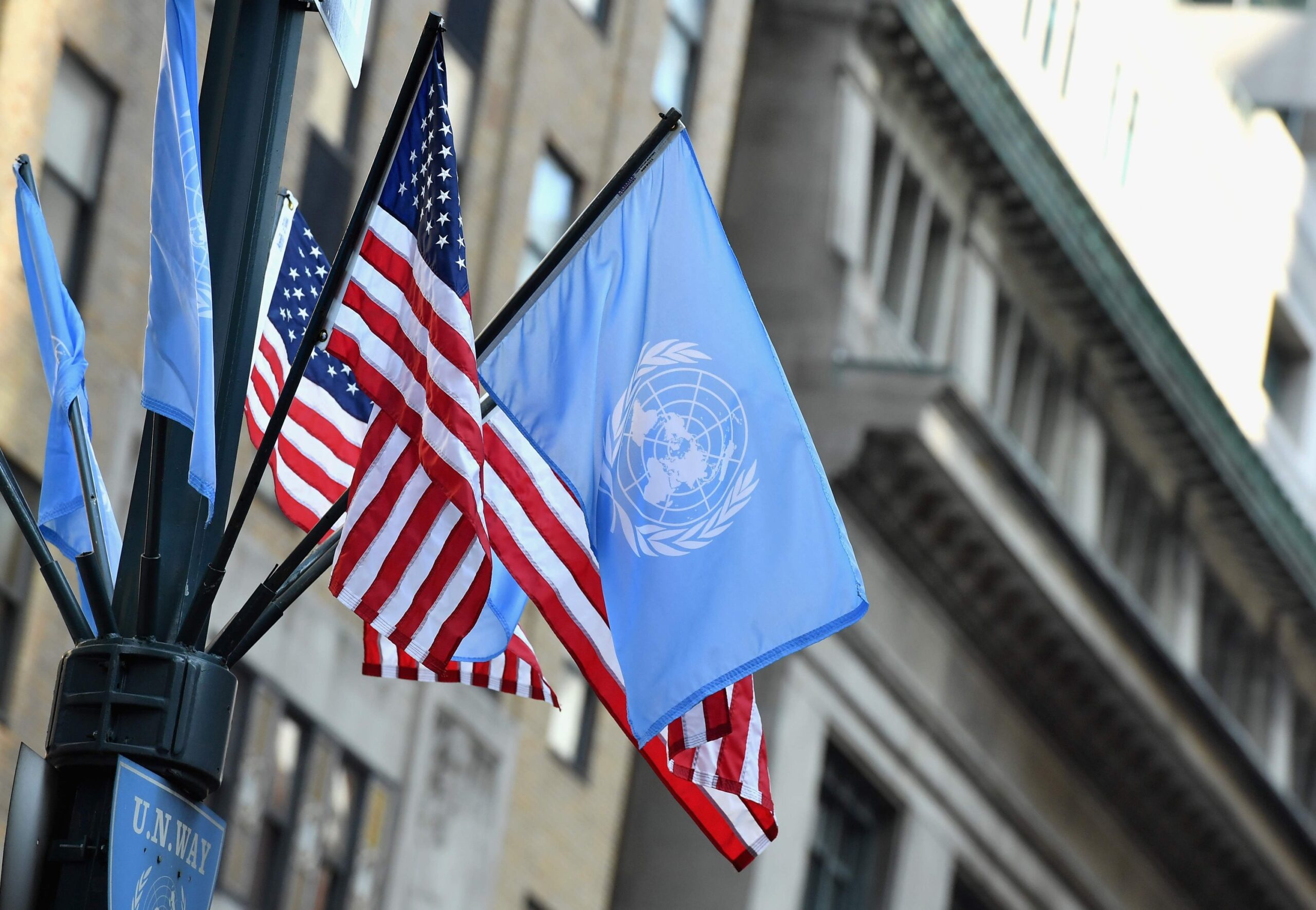The World Health Organization and COVID-19: Five Critical Capabilities in the Crisis
Download the PDF version of this summary
A disease can travel around the world in 36 hours. While bilateral and multilateral investments by the United States have helped build parts of the health infrastructure of countries, the World Health Organization (WHO) is central to the global response to the COVID crisis. As we know, as long as this disease is circulating anywhere, it is a threat to Americans and U.S. economic interests. Americans will be safe from COVID-19 only when all countries have suppressed transmission.
1. Preeminent Technical Guidance: Countries rely on guidance from WHO to build up their health infrastructures
The World Health Organization (WHO) is uniquely positioned to both amass new evidence emerging from anywhere in the world and use it to develop, refine and disseminate technical and normative guidance when faced with an unknown pathogen like SARS-COV-2. With a presence in 150 countries around the world (often imbedded ministries of health), a legal mandate as defined in the International Health Regulations, and a health emergencies program that operates at country, regional and headquarter level, WHO rapidly began to design, develop and distribute technical guidance to countries. In early January WHO activated its Research & Development Blueprint for the COVID-19 response, and the agency released a full R&D Blueprint, reflecting guidance of over 300 scientists, researchers, and national public health experts. Since then, WHO has designed, refined and distributed more than 40 pieces of technical guidance, reaching communities, hospitals, frontline clinicians, private sector partners, and public health authorities operating at city, province and national levels in every country.
2. Communication: WHO is a trusted source for information, helping countries protect their citizens
WHO is the only organization with the technical expertise and capacity, global membership, credibility, access and—most important of all–trust, to launch pandemic awareness campaigns throughout the world. WHO introduced public awareness campaigns in dozens of languages, partnering with more than 150 countries. WHO continues to act as a central point of communication, regularly collecting and disseminating reliable data throughout the world about this pandemic. WHO has long history of success in global public communications campaigns dating back to the Organization’s work to eradicate smallpox, the only human disease ever to be eradicated.
3. Global Clinical Trials: Allowing the scientists to make breakthroughs on medicines faster
WHO is the only agency in the world capable of coordinating unprecedented global trials on therapeutics and vaccines. The groundbreaking scope of the “Solidarity Trial,” with over 100 countries signed up, enables research on potential therapeutics to be collected faster and more efficiently than smaller efforts, reducing the amount of time to determine effectiveness by 80%. By including multiple countries and diverse demographics under one umbrella, the ability to generalize results can be reached more quickly.
4. Equity and Access: Ensuring everyone has access to treatments and the vaccines
Only WHO, through a partnership with Member States, major donors, and private sector partners called the ACT Accelerator, is already working to pre-position manufacturing capacity and distribution channels that will ensure that all, even low-resource countries, have access to future therapies and vaccines faster and at a fair price. Ensuring all countries have access to COVID-19 vaccines and treatments will save lives.
5. Distribution: Working to insure health workers everywhere are protected
At least 133 countries are relying on WHO to globally procure millions of pieces of personal protective equipment and other vital health commodities like tests and testing supplies. As the lead in the UN Global Supply Chain Task Force, WHO is working with the private sector, financing institutions like the European Investment Bank, and UN logistics partners like World Food Programme and UNICEF, to establish an emergency supply chain for all low-resource countries around the world. Working with other UN agencies, WHO has supplied more than 4.5 million items of vital personal protective equipment, like masks, gloves, gowns, goggles, and face shields. By procuring centrally, enhancing transparency across the supply chain, and direct where those supplies are needed most, vital health commodities will reach countries faster, saving lives and money.




